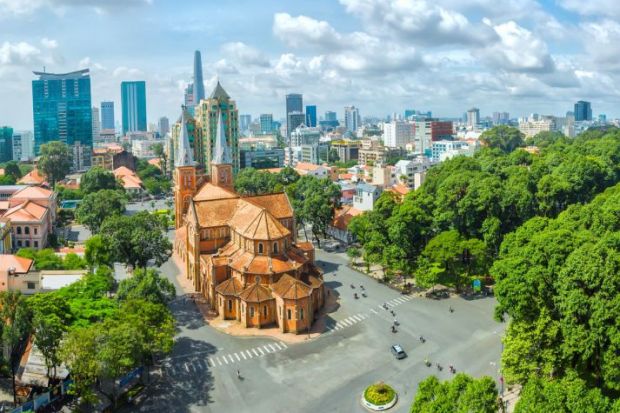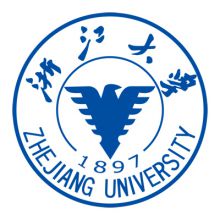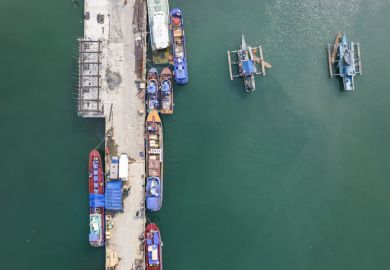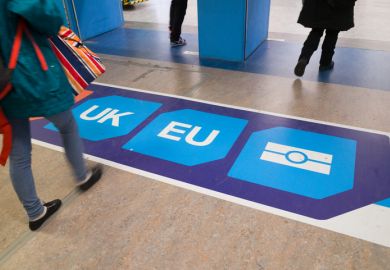South-east Asia’s answer to the Bologna Process that would see institutions in 10 countries work more closely together could be up and running in a few years, after regional leaders agreed on measures to create their own “higher education space”.
A new road map lists steps to harmonise the higher education systems of the 10 Association of Southeast Asian Nations (Asean) countries - including Indonesia, Thailand and Vietnam – by creating a common qualifications framework and quality assurance regime.
The vision includes mutual recognition of credentials and a digital credit transfer system as well as a collective approach to higher education mobility. This could see governments and private funders pooling their scholarship schemes to create “the Asean version of Erasmus Plus and Erasmus Mundus”, according to Libing Wang of the United Nations Educational, Scientific and Cultural Organisation’s Asia-Pacific bureau.
A two-year implementation timeline is being developed to give Asean officials and national governments responsibility for building key features of the scheme such as an Asean-branded scholarship and an Asean version of Europe’s diploma supplement – along with mechanisms to ensure the scheme’s financial sustainability.
The disparate nature of South-east Asia’s higher education systems is considered an obstacle in a region that boasts the world’s third largest labour force. Asean countries have about 50 per cent more people than the European Union and could rival it economically by the middle of the century.
The EU has been helping to bring the new scheme to fruition since its articulation in the 2015 Kuala Lumpur Declaration on Higher Education. Since then, an EU programme called Support to Higher Education in the ASEAN Region (Share) has been helping develop Asean’s higher education community.
When Share winds up at the end of this year, the EU plans to transfer ownership of the programme’s “assets and action lines” to an Asean-nominated entity, according to the road map.
The EU’s ambassador to Vietnam, Giorgio Aliberti, explained the "Team Europe" approach during a conference in Hanoi to launch the road map. He said educational cooperation had become “an indisputable instrument of soft power”, which fostered the bloc’s external policies and promoted “a positive image” for Europe.
Mr Wang told the conference that he had researched the Bologna Declaration – signed in 1999 – while working at Zhejiang University in China and saw how its key features – including the European Credit Transfer and Accumulation System, the European Qualifications Framework and the Lisbon Recognition Convention – had proved “very practical and beneficial” and he “was really excited to see this happening in South-east Asia”.
Share team leader Darren McDermott said that while Covid-19 had forced a rethink of his “work plan”, it had also triggered positive developments, such as hybrid conferences and virtual student exchanges, that were “entirely complementary with physical mobility when it returns at scale”.
“A paper-based system of credit transfer between institutions is being transformed into a paperless and verifiable, digitally signed system held in the cloud or a student’s digital wallet,” he added.
The scheme faces many challenges, not least developing common quality assurance arrangements in a region with thousands of higher education institutions of variable standards.
Sydney-based international education consultant Michael Fay said the scheme would not be starting from scratch, with some features “already in place”. The Asean University Network, which boasts member institutions in all 10 countries, already had an intra-Asean mobility programme.
“The aspiration to formalise it more is a good one,” said Mr Fay, who added that Australia should take note of the EU’s “very strategic investment” in South-east Asian education. By focusing its diplomacy at the “government-to-government level”, Australia had neglected non-government links that Asean “appreciated”.
Register to continue
Why register?
- Registration is free and only takes a moment
- Once registered, you can read 3 articles a month
- Sign up for our newsletter
Subscribe
Or subscribe for unlimited access to:
- Unlimited access to news, views, insights & reviews
- Digital editions
- Digital access to THE’s university and college rankings analysis
Already registered or a current subscriber? Login










